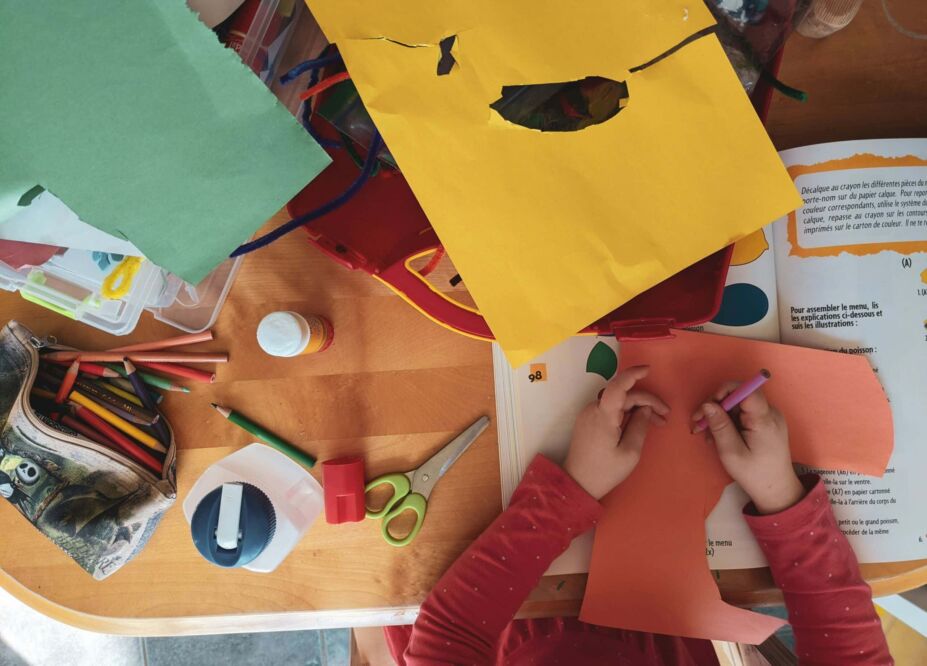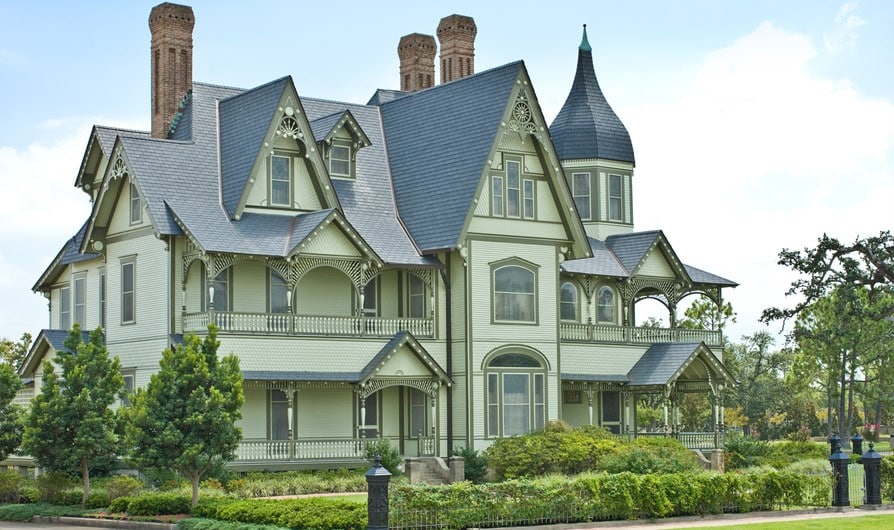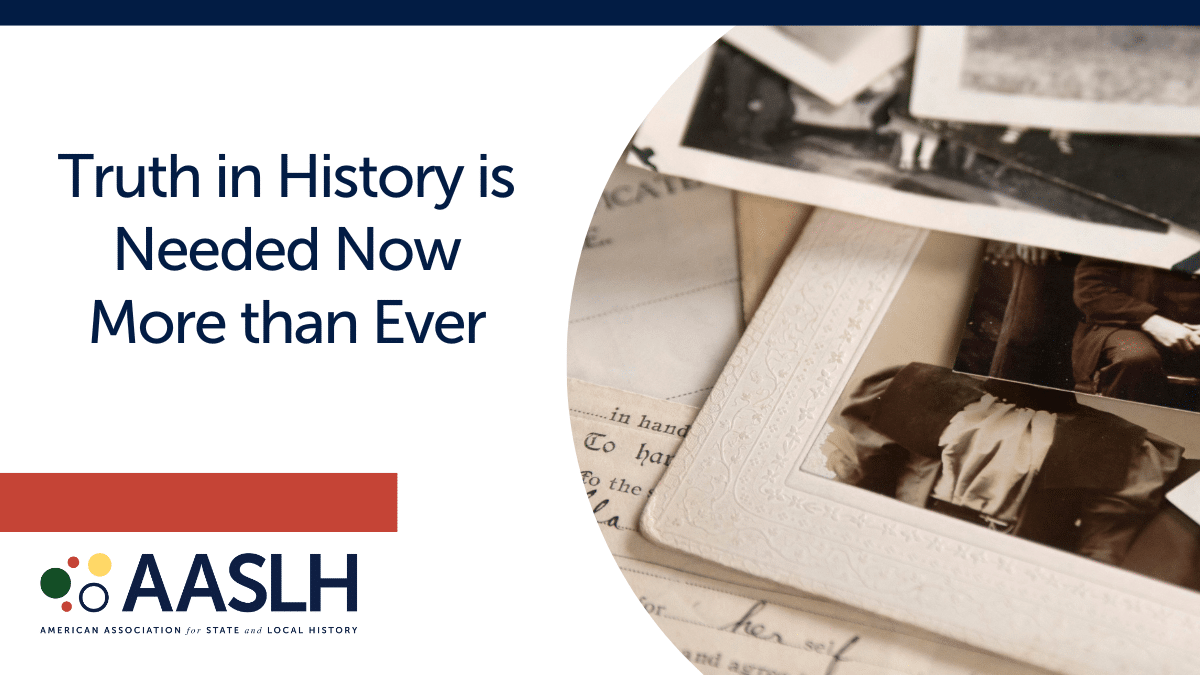STEAM for Sites: A Case Study for Interdisciplinary Programs

By Hannah Danielson, former Director of Education, W.H. Stark House
For several years now, the term "STEM" has buzzed around the education field, touted as one of the best ways to prepare learners for the future. The addition of an "A" to this acronym incorporates the arts, creating the term "STEAM": science, technology, engineering, arts, and mathematics. As a former educator for a historic house museum, I didn't initially understand the relevance for my site in particular and I certainly didn't think we had the staff or resources to implement this type of programming. But a few years later, I'm pleased to share both why historic sites should explore STEAM and how to do it while being mindful of limited resources.
Why does STEAM matter?
A report by the National Academy of Sciences, Engineering, and Medicine suggests that the interdisciplinary approach better prepares students for ever changing job markets, enriches individual learners beyond the classroom, and creates more active and engaged members of society (2018 NMC Horizon Report). This is good news not only for humanities in the classroom, but also for humanities-based organizations outside of schools. STEAM provides a framework from which to structure programs and activities that integrate multiple disciplines into museum spaces. STEAM activities encourage diversity in content that enables the experience to be customized to the needs or interests of different groups and lead to visitors leaving with a sense of ownership over the activity they participated in (Museum 4.0).
How do historic sites create STEAM programs?
To illustrate how to begin creating these sorts of programs, I am going to use the first iteration of STEAM programming introduced at The W.H. Stark House in Orange, Texas, as a case study (YouTube). At the time of this program's creation, the Stark House had a staff of 2 people dedicated to most of its core operations and programming, with supplemental staff for collections and maintenance work. We had not previously implemented any interdisciplinary program of this nature, so we were starting from scratch in developing content. This program ultimately served over 50 families in our community for free, for a cost of around $500 (excluding staff time).
 Choose your programming method.
Choose your programming method.
We began working on this project during a period of limited programming due to COVID-19, so we decided that our program would be presented as take-home STEAM activity kits for children ages 2-7. This necessitated a drive-through pick-up process and assumed that parents would spend time working on the activities with their children at home. This method worked very well for us and we received positive feedback about how the kits were used at home. Your organizational circumstances and how you program will dictate the best method to use at your site. These programs might take the form of a camp, take-home kit, partnerships with schools, adult workshops, lectures, and so on.
Evaluate your content connections.
This is the especially fun part where you consider what parts of your story/time period can connect to different STEAM topics. For our project, we created three activities that explored each STEAM element. We developed a paper house-building activity that focused on mathematics (shapes) as well as art/design. We also had an electricity activity that used conductive materials to light up an LED bulb, connecting to technology and engineering. Finally, we incorporated a seed sprouting project with connections to environmental science. Once learners had constructed their paper houses, they had a light bulb to place inside and light it up, and a chia "lawn" for the front of their home. Through these projects, we were able to teach children about the architectural design of our historic home, its early technological advancements (electricity in 1895!) and its extensive grounds and gardens. Each kit included all materials required for the three activities, as well as worksheets with step-by-step instructions and educational content presented through short text sections, graphics, and historic photos.

Be willing to ask for help.
We partnered with a local leadership training program to help us with this project. I cannot speak highly enough of these volunteers and how much they contributed to our program. There were four members of the group with a variety of business backgrounds: one was a college professor, one was a Public Works Director for the city, one was an engineer, and one was a medical instructor. This group collected and donated supplies for us to use in the kits, helped us assemble and build each one, and facilitated the pick-up process with us. I strongly recommend reaching out to local organizations for volunteers, especially when it comes to new projects.
Thank you for reading along and letting me share what turned out to be such an impactful program at The W.H. Stark House. Start as big or as small as you'd like, but I do encourage you to consider STEAM as a way to expand your programming and reach new or bigger audiences. Happy programming!



